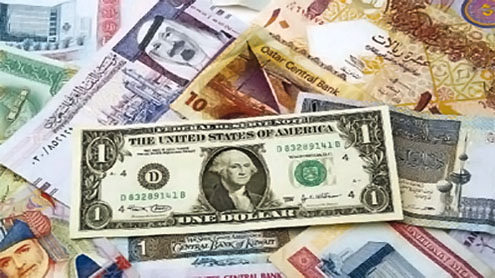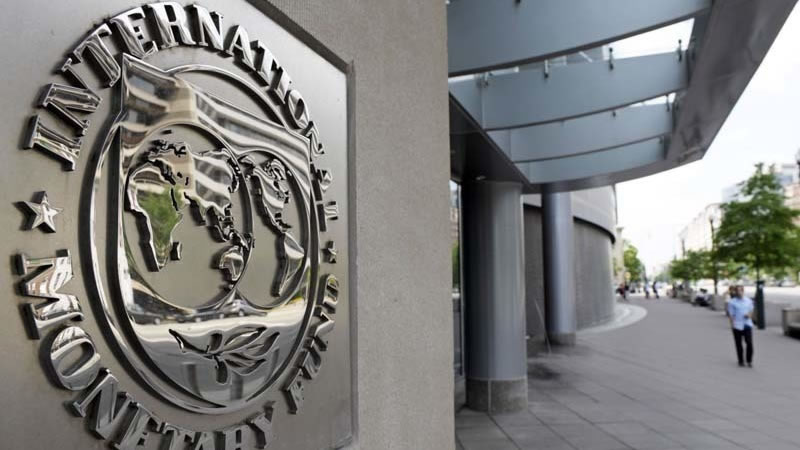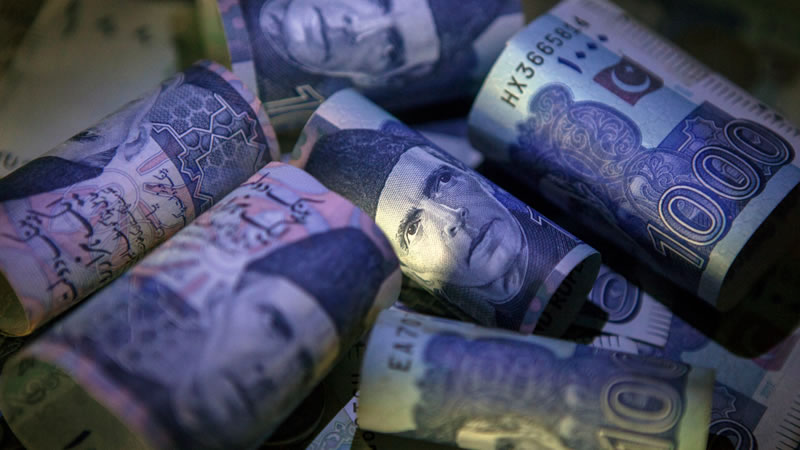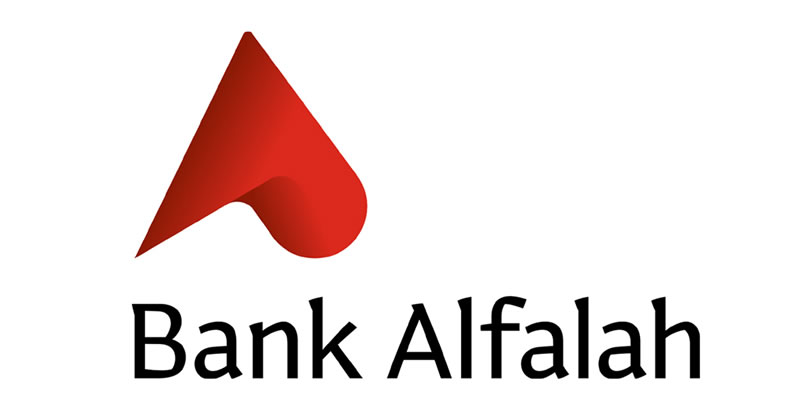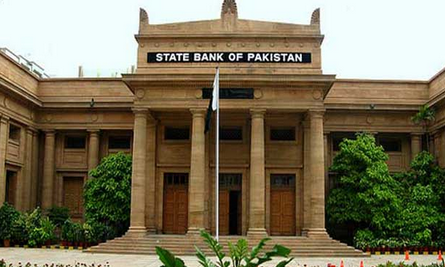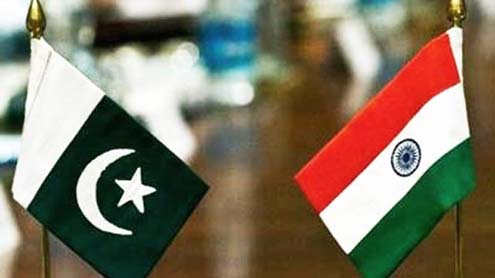 DUBAI: Funding for an estimated $1.8 trillion of capital investments underway in the GCC would be in jeopardy with banks in the region facing a severe cash shortfall in the wake of cutback of lending by European banks.
DUBAI: Funding for an estimated $1.8 trillion of capital investments underway in the GCC would be in jeopardy with banks in the region facing a severe cash shortfall in the wake of cutback of lending by European banks.
GCC banks will have to face a short-term liquidity squeeze and a long-term structural shortfall in the event of “a sustained retrenchment” by European banks from the region, ratings agency Moody’s said in Monday.Overall, European bank lending to the GCC region amounted to around $237 billion as of September 2011.The ratings agency said the European banks’ retrenchment from the region has been prompted by the ongoing euro area debt crisis and their need to deleverage and build up capital buffers.
As they continue to pull out from non-core markets or reduce their exposure in such markets in the wake of a deepening debt crisis, it is inevitable that Gulf banks have to confront a funding gap, Moody’s Investors Service said in its latest report.“In order to meet this gap, local GCC banks would need to grow as well as adjust their own funding structures. Asian banks are also likely to be a growing source of foreign funding,” it said.
The ratings agency said its expects the likely deleveraging to result in a sustained reduction of lending to the GCC at a time when the region faces sizable funding requirements, with an estimated $1.8 trillion of capital investments underway or planned over the next 15 years.Moody’s believes that a short-term liquidity squeeze among GCC banks that would result from European banks’ retrenchment could in some cases be moderated through temporary liquidity support from governments, central banks as well as the GCC banks’ improved liquidity positions since the last “crunch” in 2009.
Moody’s believes that GCC banks’ longer-term structural funding shortfalls would be more difficult to address. “The affected GCC countries would have to find new sources of funding to support future credit growth and economic development plans. Local banks would need to grow both in size and sophistication as well as undergo structural funding changes to meet this need.”Moody’s said Asian and, to a lesser extent, American banks could potentially fill some of the gap as their bank financing activities in the GCC represented only 1.9 per cent and 2.3 per cent, respectively, of the region’s GDP as of September 2011.
“Moreover, given the relatively low levels of government debt and relatively low cost, increased international sovereign borrowing is also a possibility, while the larger and more creditworthy corporates are likely to seek funding directly from the bond markets,” it said.Moody’s has classified GCC banking systems into three categories of low, moderate and high vulnerability to European funding.
With European bank financing equivalent to around 10 per cent of the GDP, the economies of Saudi Arabia (rated Aa3, stable), Kuwait (Aa2, stable) and Oman (A1, stable) are not highly reliant on European funding and are the best positioned to withstand a sustained retrenchment.For Qatar (Aa2, stable) and the UAE (UAE, Aa2, stable) European bank financing in the local economy is equivalent to a significant 25 per cent of GDP. In both these cases, the respective governments can handle the short-term refinancing and investment needs, the ratings agency said.


